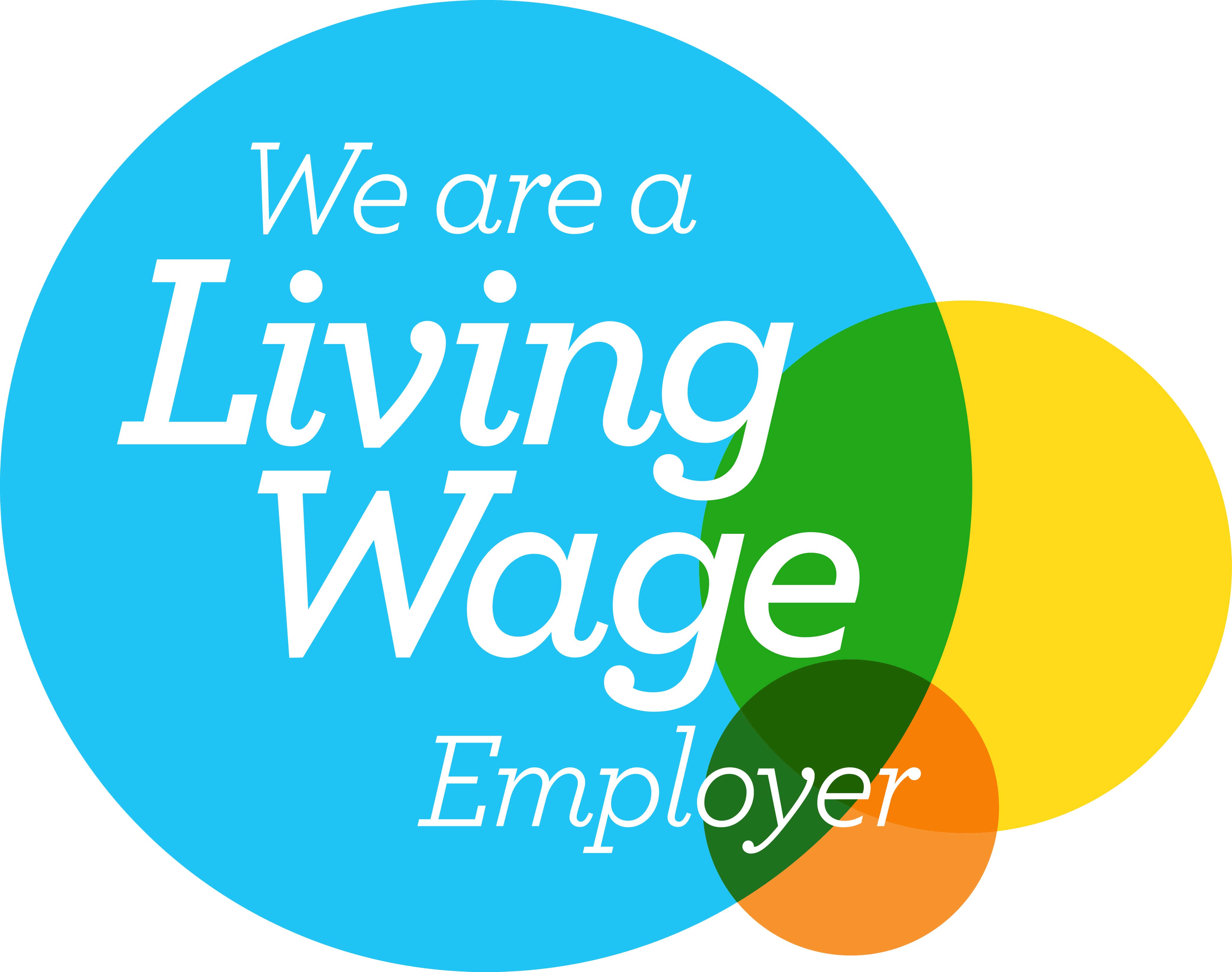- Bromley020 8290 0333
First gender pay gap figures published under new rules
The Department of Education (DoE) is the first government body to publish its gender pay gap figures. Other departments, together with large companies, are expected to follow over the next six months.
In April, the UK became one of the first countries in the world to require mandatory gender pay gap reporting, a key part of the government’s work to eliminate the gender pay gap. Private, public and voluntary sector employers with 250 or more employees are required to publish their gender pay gap and bonus pay gap by April 2018. This may be extended to smaller companies at a later date.
The DoE reported a mean pay gap – the difference between average salaries for men and women - of 5.3% and a median pay gap of 5.9%.
The gender pay gap mandatory reporting requirements are part of wider work the government is doing to support women in the workplace. This includes £5 million to support returners, offering 30 hours of free childcare, and introducing shared parental leave and new rights to request flexible working.
There is also extensive cross-government work to get more women into the top jobs at the UK’s biggest companies.
The referendum decision to leave the EU led some people to speculate that the government would relax employment protections over time but that doesn’t seem to have been borne out so far.
The Queen’s Speech, outlining the government’s legislative programme for the next two years, placed great emphasis on protecting rights and maintaining the push towards equal pay.
The Queen said: “My government will make further progress to tackle the gender pay gap and discrimination against people on the basis of their race, faith, gender, disability or sexual orientation.
“The National Living Wage will be increased so that people who are on the lowest pay benefit from the same improvements in earnings as higher paid workers. My ministers will seek to enhance rights and protections in the modern workplace.”
Please contact us if you would like more information about the issues raised in this article or any aspect of employment law.









